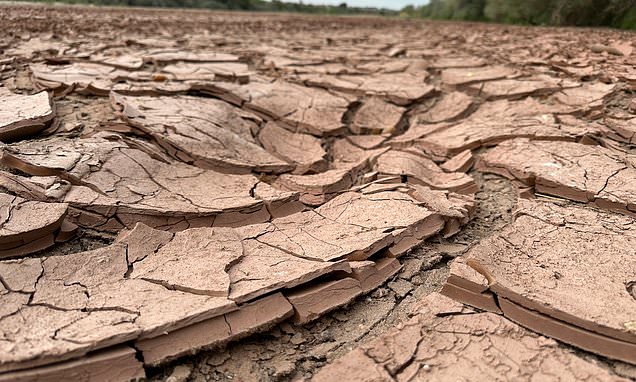Home / Environment / Rio Grande Crisis: Half of Water Use Unsustainable
Rio Grande Crisis: Half of Water Use Unsustainable
21 Nov
Summary
- Over half of the Rio Grande water basin's usage is unsustainable.
- 15 million people rely on the basin for drinking water.
- Agriculture accounts for 87% of the river's direct water consumption.

A new study reveals the Rio Grande-Bravo water basin is in a critical state, with unsustainable water use jeopardizing millions. Researchers found that 52% of water consumption within the basin is not naturally replenished, indicating an overdraft of vital water resources. This unsustainable usage poses a significant threat to water security for 15 million people across the U.S. and Mexico and impacts nearly 2 million acres of agricultural land.
Irrigation constitutes the vast majority of direct water use at 87%, while indirect losses like evaporation account for over half of total consumption. This imbalance has led to the river drying up for extended periods, impacting farmers who face shorter irrigation seasons and financial hardship. Studies show significant farmland loss in recent years due to water shortages.
Urgent action is needed from both nations to address the crisis. Solutions are being explored, including incentivizing farmers to reduce water use and potential curbs on groundwater pumping. Rebalancing the system must also consider the environmental needs of river ecosystems to ensure long-term resilience in the face of diminishing water availability.




